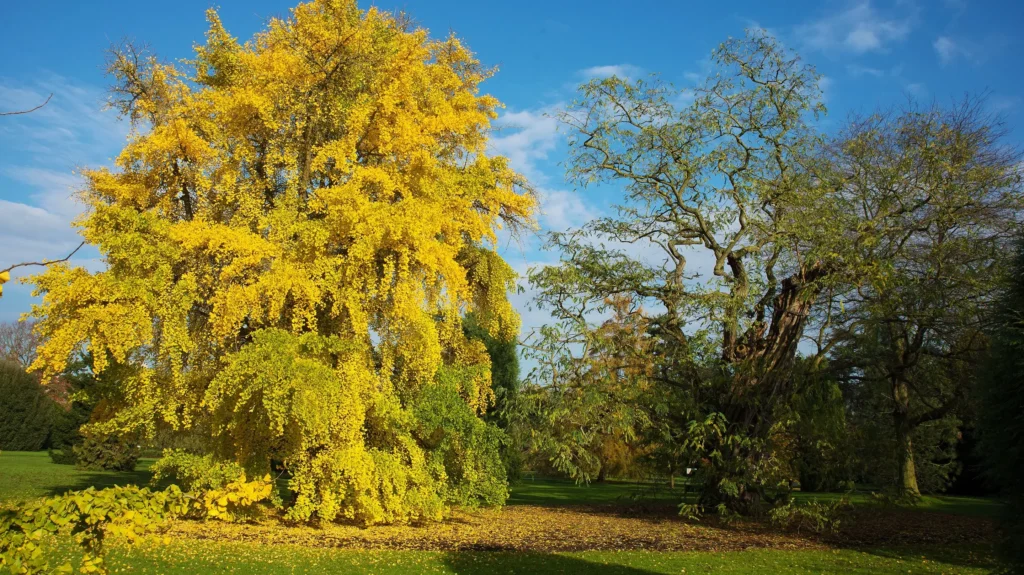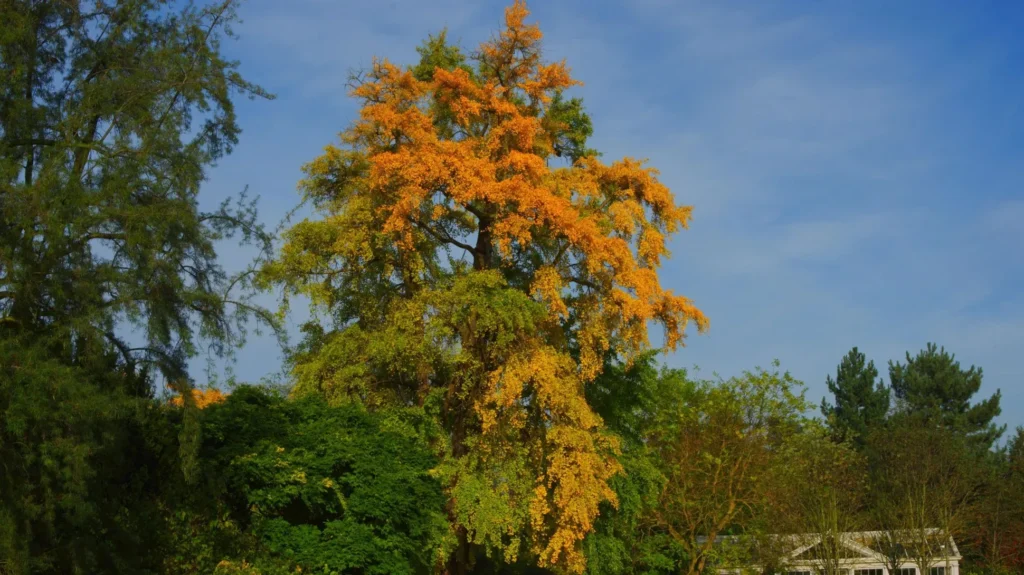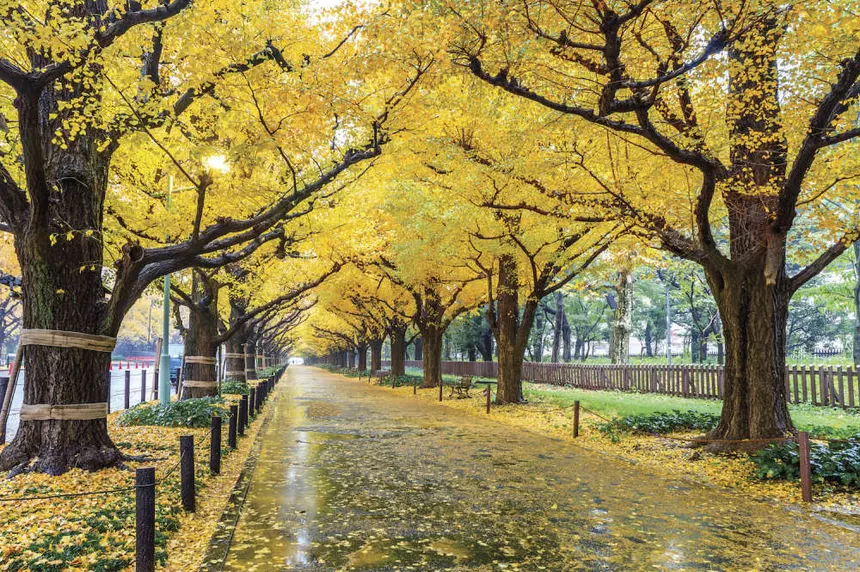Did you know there is a tree that has been living since the age of dinosaurs and still thrives today?
That tree is Ginkgo biloba, an ancient species often called a “living fossil” because it has existed for hundreds of millions of years. Some Ginkgo trees around the world still stand tall and continue to grow, making them among the oldest living organisms on Earth.
Origins and History of Ginkgo Biloba
Ginkgo biloba is the only surviving species of the Ginkgoaceae family, which has existed for over 200 million years, dating back to the Jurassic era the same period when dinosaurs roamed the Earth.
Fossils of Ginkgo have been found in various parts of the world, showing that this tree once spread widely across prehistoric continents before surviving only in East Asia, particularly in China.
A Tree That Defies Time
The Ginkgo biloba tree possesses extraordinary resilience.
Some reasons why it can live so long include:
- Resistant to pollution and disease
- Able to grow in extreme environmental conditions
- Strong natural regeneration ability
- Capable of surviving major disasters, including radiation
One of the most remarkable stories is that of six Ginkgo trees that survived the atomic bombing of Hiroshima in 1945. These trees are still alive today, standing as symbols of endurance and hope for humanity.
ALSO SEE : The Most Innovative Smartwatches and Smartbands of 2025
The Oldest Ginkgo Biloba Trees in the World

Some of the oldest Ginkgo trees can be found in ancient temples in China and Japan, where they are revered as sacred and spiritually significant.
Ginkgo Tree at Gu Guanyin Temple, China
Estimated to be over 1,400 years old.
Every autumn, its leaves turn golden, creating a breathtaking scene.
It has become both a tourist attraction and a spiritual landmark.
Ginkgo Trees in Hubei and Shandong, China
Several trees in these regions are believed to be over 3,000 years old.
Experts consider them possibly the oldest living Ginkgo trees on Earth.
Ginkgo at Tsurugaoka Hachimangu Shrine, Japan (before it fell)
Known as the “Great Ginkgo Tree,” it lived for about 1,000 years before falling during a storm in 2010.
However, its roots remain alive and have begun to grow again, symbolizing rebirth.
Symbolism and Spiritual Meaning
Ginkgo biloba is not only ancient but also deeply symbolic:
A symbol of longevity and perseverance due to its incredible endurance.
A representation of balance and peace in Eastern culture.
A symbol of hope and rebirth, especially after the Hiroshima tragedy.
Its fan-shaped leaves are often featured in art, architecture, and even serve as emblems for universities and cultural institutions across Asia.
ALSO SEE : Old Faithful Hot Spring in Yellowstone, A Natural Wonder That Never Breaks Its Promise
Health Benefits of Ginkgo Biloba
Beyond its beauty and history, Ginkgo biloba is widely known in both traditional and modern medicine.
Extracts from its leaves are used to:
- Improve concentration and memory
- Support blood circulation
- Reduce symptoms of cognitive aging
- Promote heart and nervous system health
Because of these benefits, Ginkgo is often called the “tree of wisdom” for its positive impact on both body and mind.
Ginkgo Biloba: The Eternal Tree Connecting Past and Future

To see a Ginkgo biloba is to witness a living fragment of Earth’s history.
This tree is a silent witness to evolution from the age of dinosaurs to the digital era.
“As the world continues to change, the Ginkgo stands tall, reminding us that resilience and balance are the true keys to life.”
Fun Facts
- Ginkgo is the oldest surviving single-species tree on Earth.
- Its fan-shaped leaves are unique and celebrated in Asian art and culture.
- Ginkgo trees can live for more than 2,000 years with minimal signs of aging.
Conclusion
The Ginkgo biloba tree is not just an ancient plant but a living witness to Earth’s long journey.
From prehistoric forests to modern cities, from Hiroshima’s tragedy to peaceful temple gardens, Ginkgo proves that life always finds a way to endure.
It is a timeless symbol of hope, longevity, and wisdom a living legacy that bridges the past and the future.





